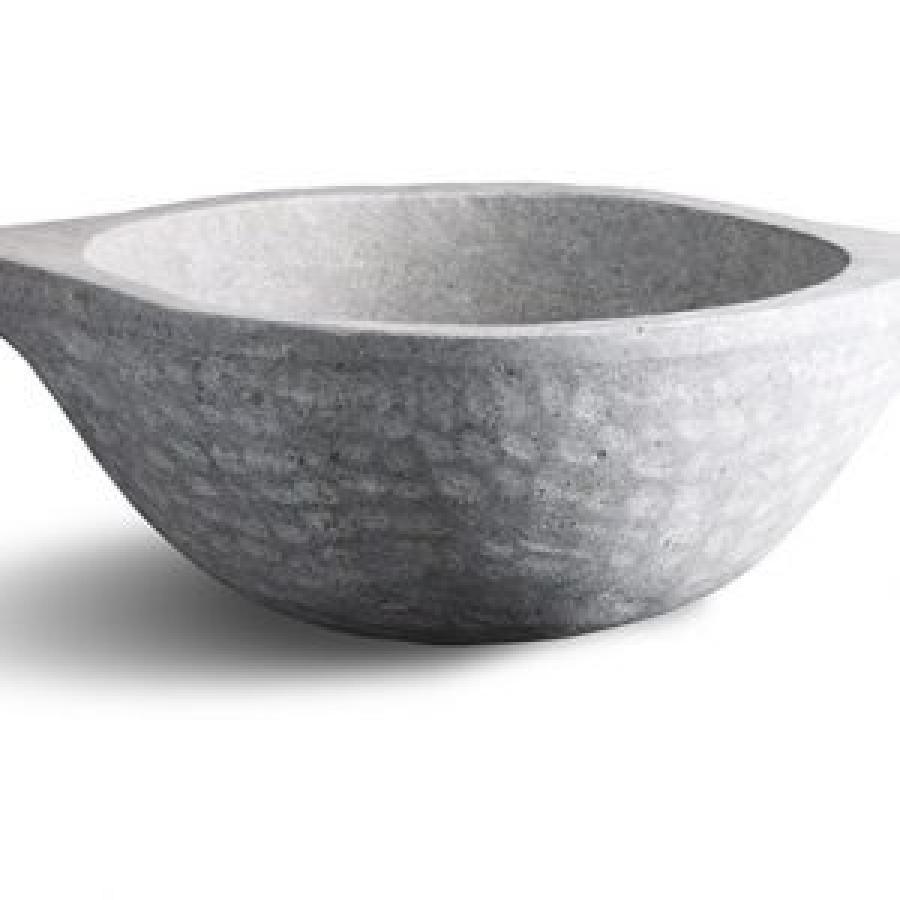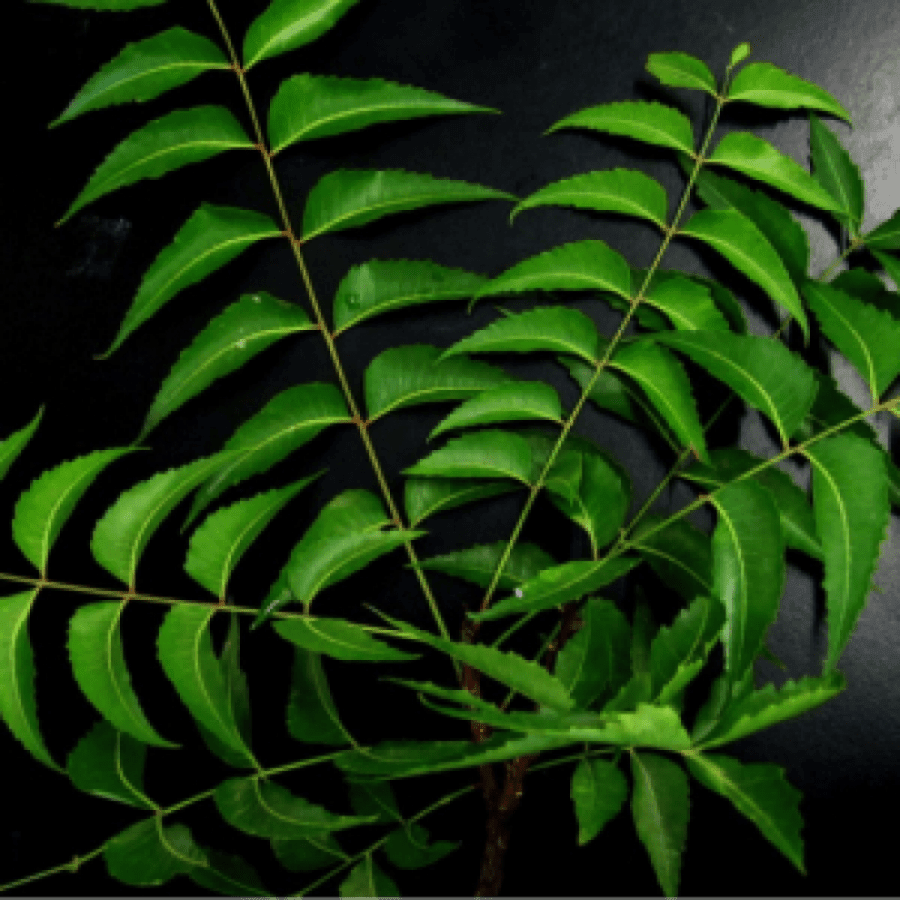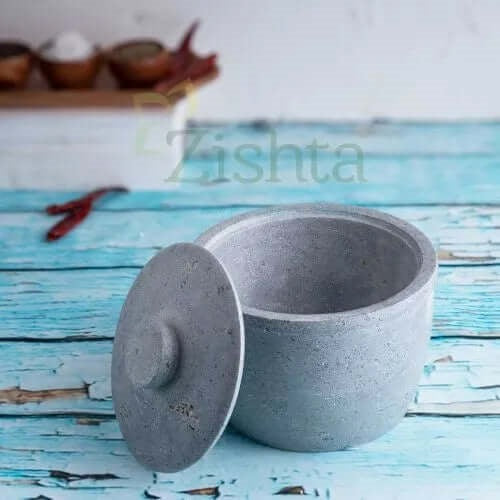Soapstone, also known as kalchatti in India, is perhaps the softest of all the minerals that mother earth gifts us. Soapstone begins its life as talc which over time merges with other minerals to create a very porous material that is great to cook with. The presence of talc is why soapstone feels soapy when touched and hence the name. Traditionally, Indians have used soapstone vessels in their kitchens for millennia. The very first soapstone pots and pans were used by the Chinese during the Ming dynasty, if you can turn your mind that far back. Recently, soapstone has seen a revival in Indian kitchens. Here’s why you should introduce soapstone utensils into your kitchen.
They Are Great Insulators: Anything you cook in soapstone retains its heat for much longer than food cooked in other vessels. This is why soapstone vessels are used for preparing sambar, stews and other dishes that need to be cooked slowly over a gentle fire for a longer duration. Soapstone retains not just the heat but also the flavour of the food cooked in it.
Soapstone is Easy to Clean: Due to its soapy texture, food doesn’t stick to soapstone which means you can avoid the usual scrubbing efforts in the kitchen. Bring your soapstone vessel to room temperature before cleaning it, and just gently wash it with detergent and a sponge in tepid water. Wipe it with a soft cloth later, and condition it with a little oil if it’s a new vessel.
Soapstone Is Versatile: The beauty of soapstone is that it can be used directly over flame, over coals, over fire and also on toaster grills and in the oven. You can cook with them over various mediums without worrying that they’ll break or melt.
Soapstone Saves Energy and Fuel: Due to the fact that soapstone retains heat very well, you don’t need to cook your stews and sambars and aviyals till they’re done. Just turn the stove off a few minutes before your food’s done, and your soapstone vessel will continue to boil and bubble and continue cooking the food. Doesn’t that save you a great deal of fuel and energy?
Food Stays Edible & Fresh Even Without Refrigeration: Soapstone is porous. So once your food cools, the soapstone keeps it cooler still by letting the cool air in through its pores. This makes refrigeration unnecessary unless it’s peak summer and it’s hot and humid everywhere. In nominal temperatures, you can just store your food in your kalchatti and it’ll remain good even after several hours.
Note that you need to condition your kalchatti with oil before use. Also, never let it dry out while placed on heat – always add water to it first. As your kalchatti ages, its quality improves and your food tastes better and better.
Also, Read our Blog Complete Guide to Kalchatti Cookware.




Leave a comment
All comments are moderated before being published.
This site is protected by hCaptcha and the hCaptcha Privacy Policy and Terms of Service apply.